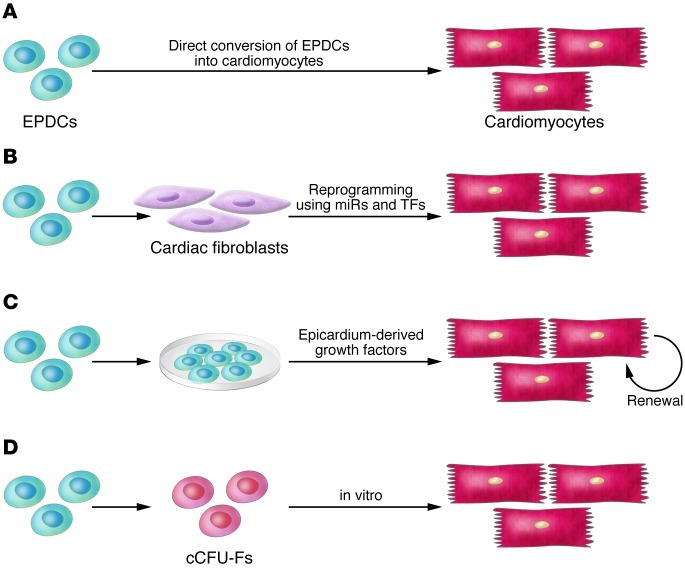Figure 1. The normal roles that epicardium and epicardial-derived cells (EPDCs) play in development may have important implications for therapeutic approaches to adult heart disease.
(A) Direct conversion of EPDCs to cardiomyocytes appears to occur rarely in development but may be induced by thymosin-β4 after injury. (B) Cardiac fibroblasts derive from embryonic epicardium and can be induced to transdifferentiate into cardiac muscle by transcription factors (TFs) or miRNAs. (C) The epicardium is a necessary source of growth factors for normal development of the myocardium. EPDCs may also produce growth factors that could be used therapeutically to enhance cardiomyocyte regeneration. (D) cCFU-Fs are a population of epicardial-derived cells within the heart that have the ability to differentiate to a number of cell types in vitro, including cardiomyocytes.

